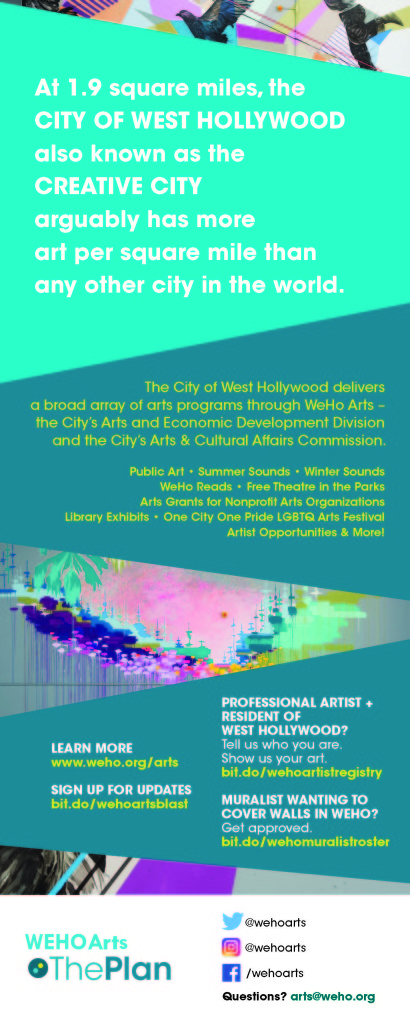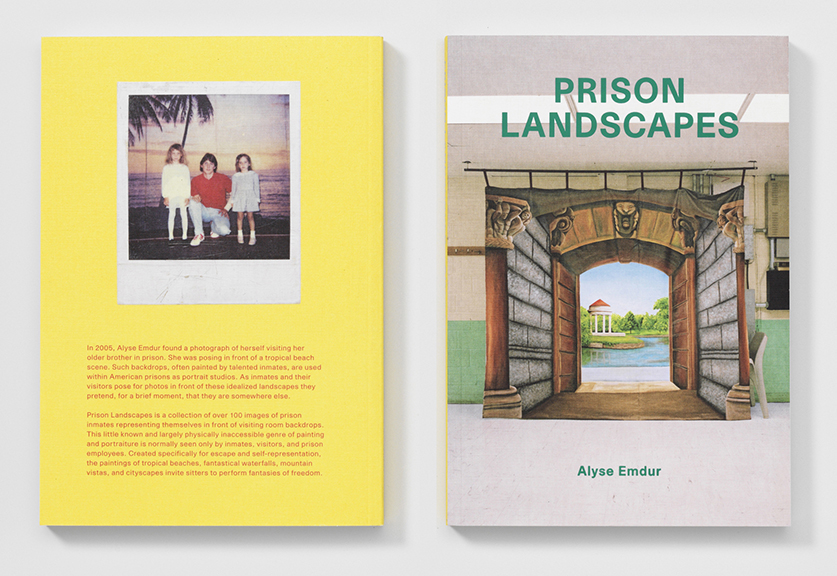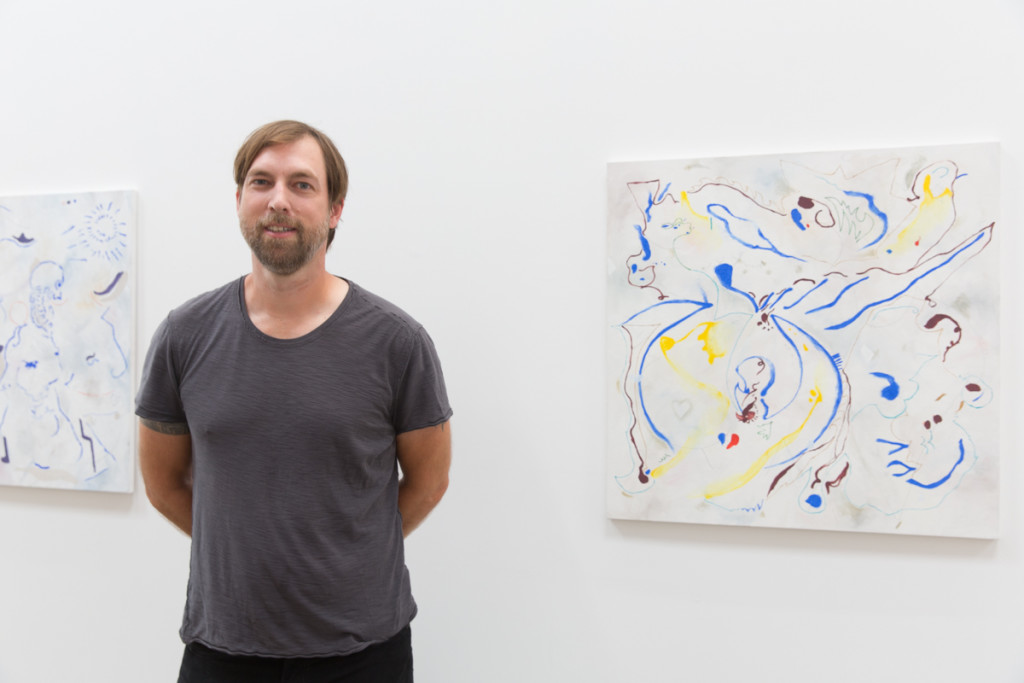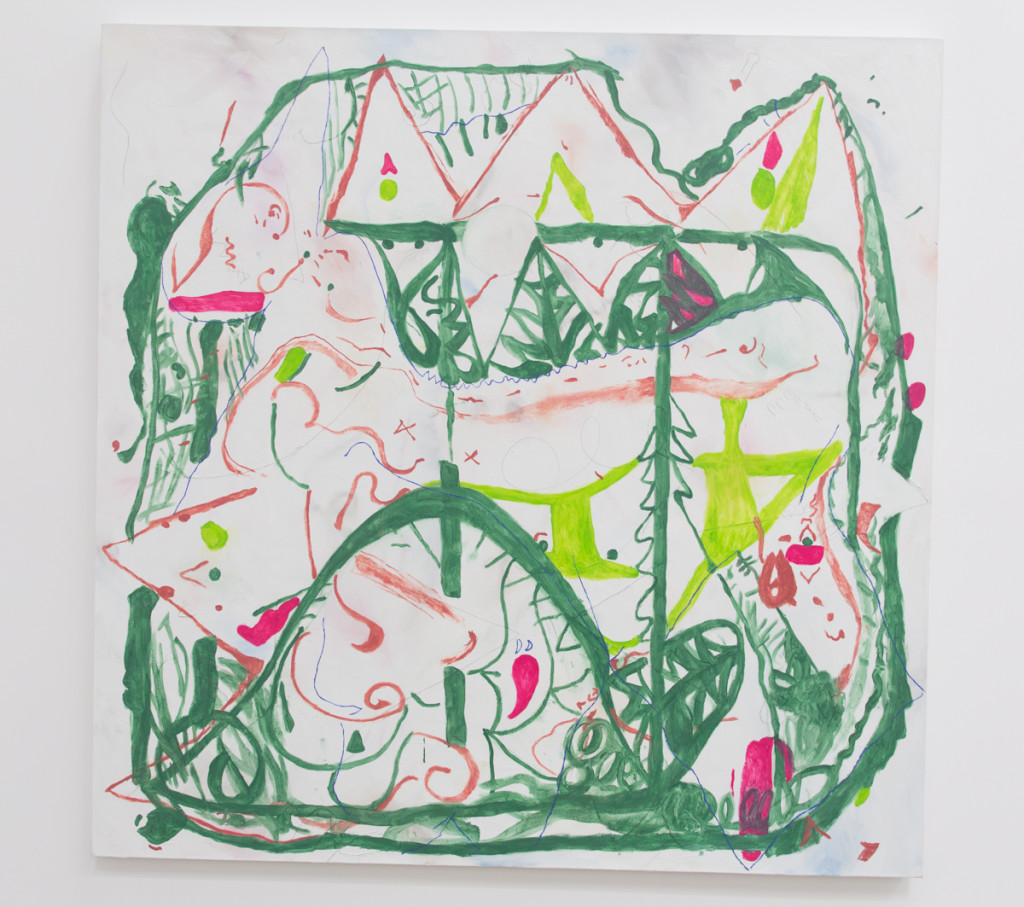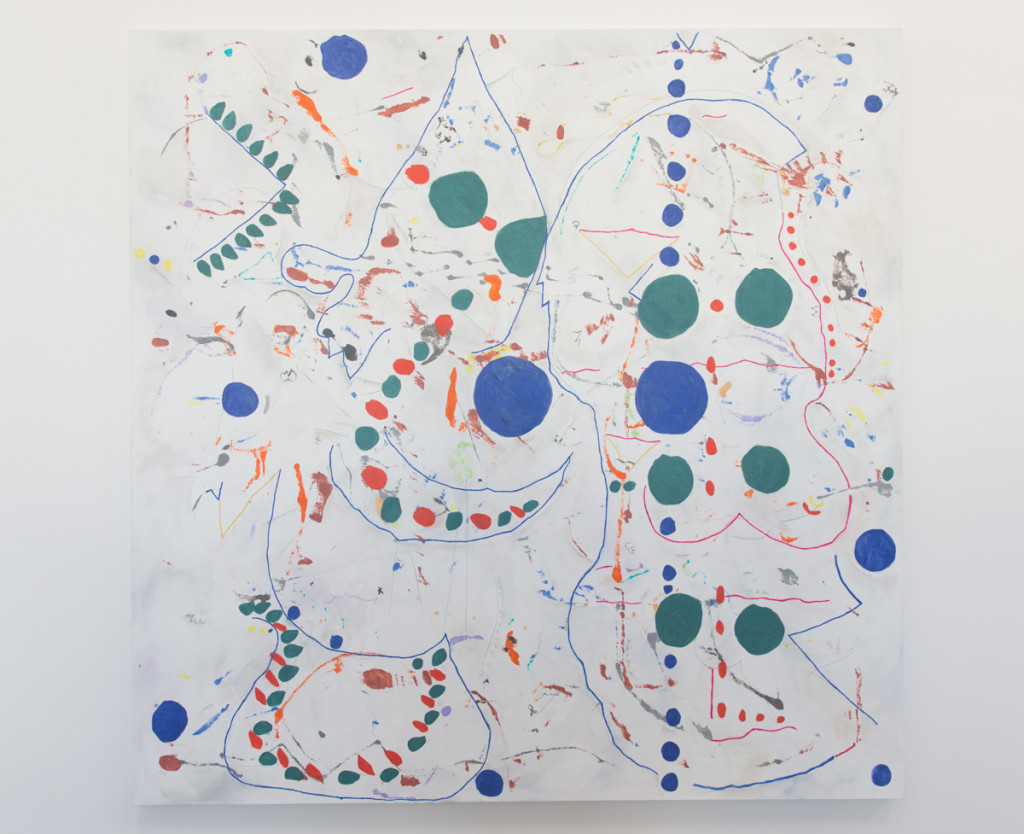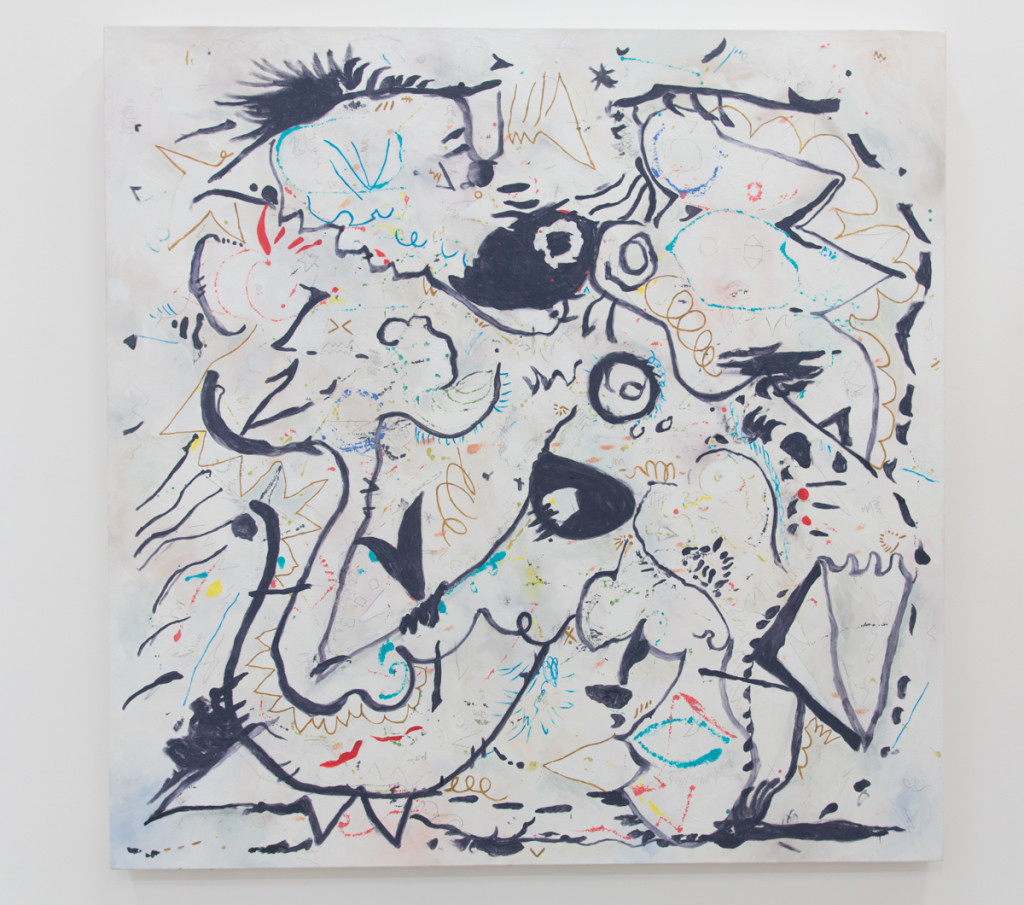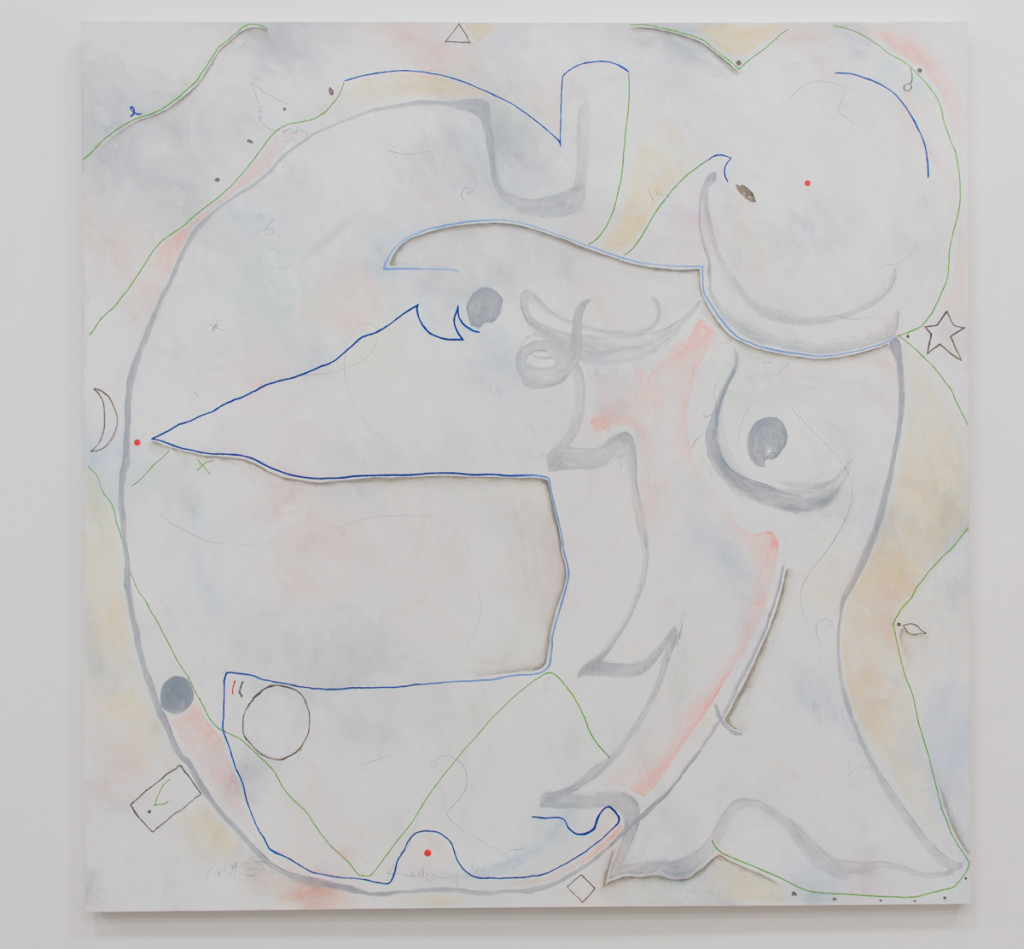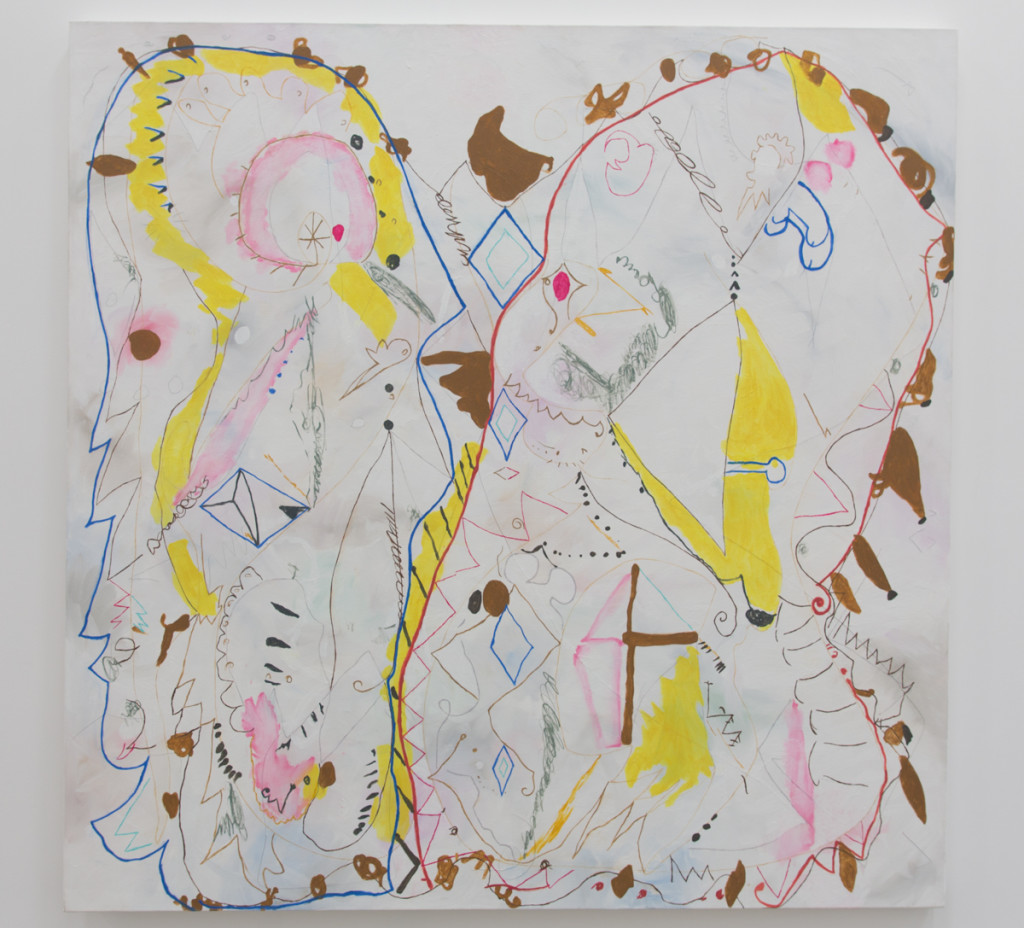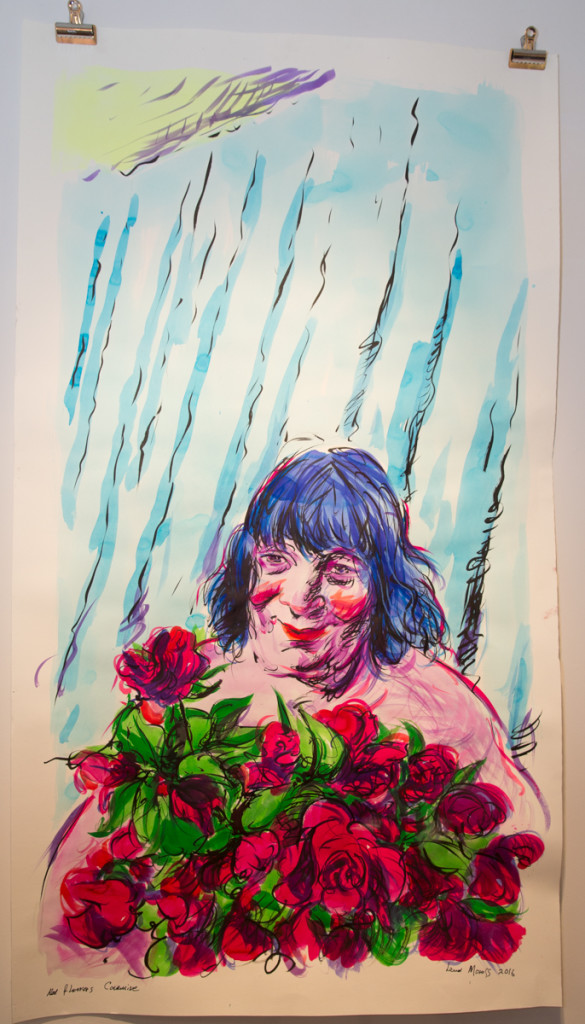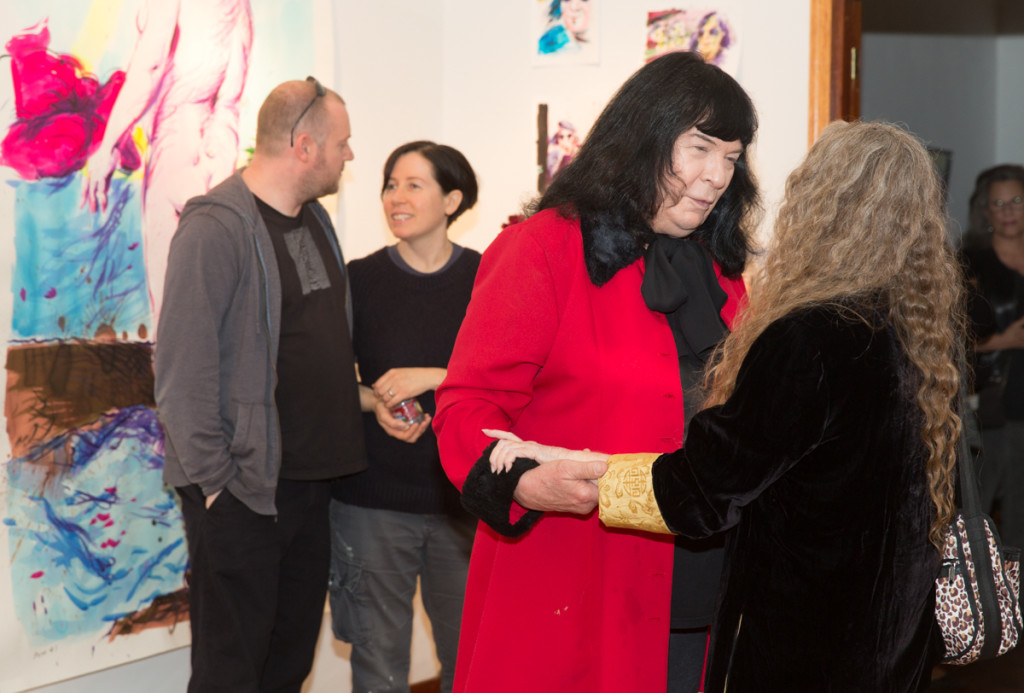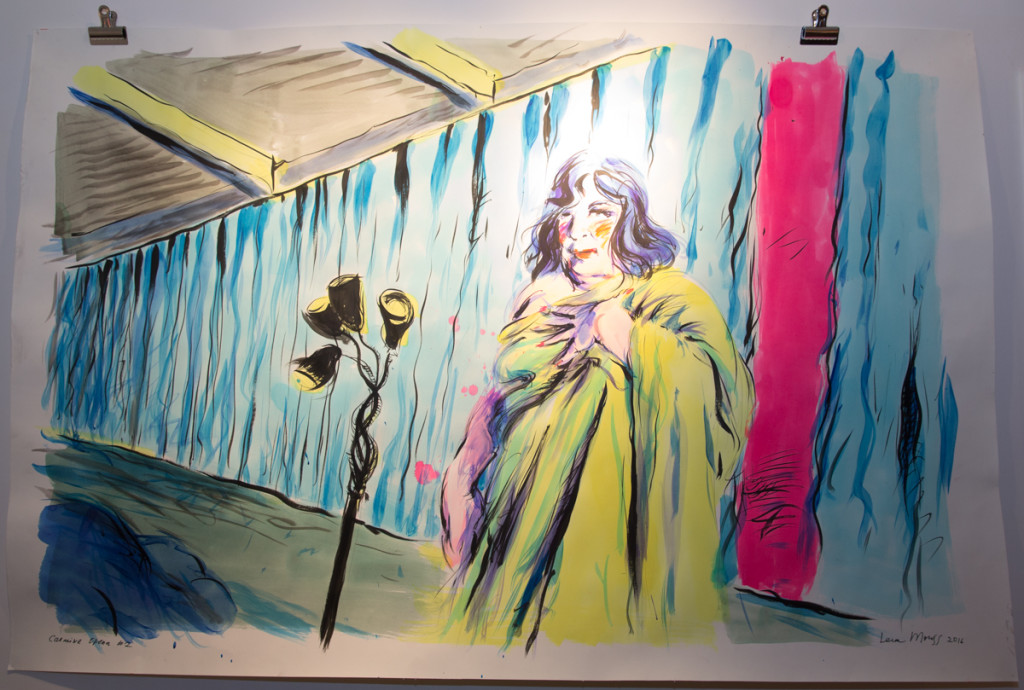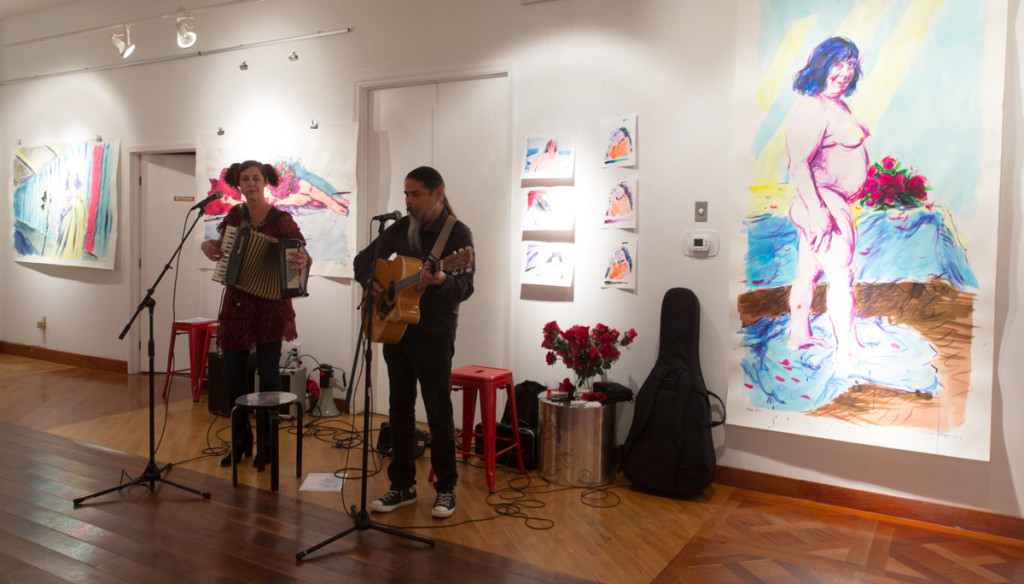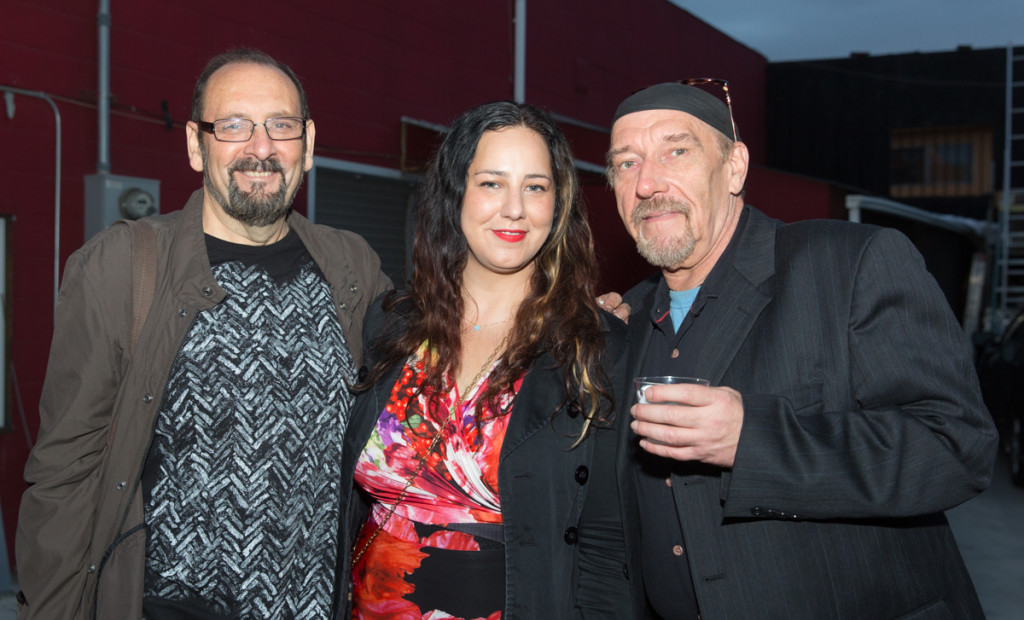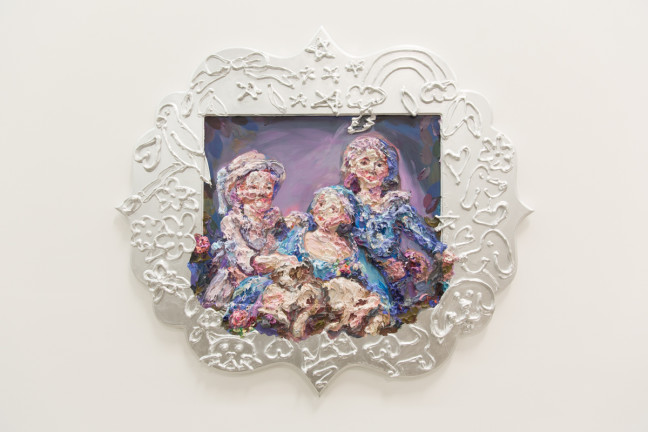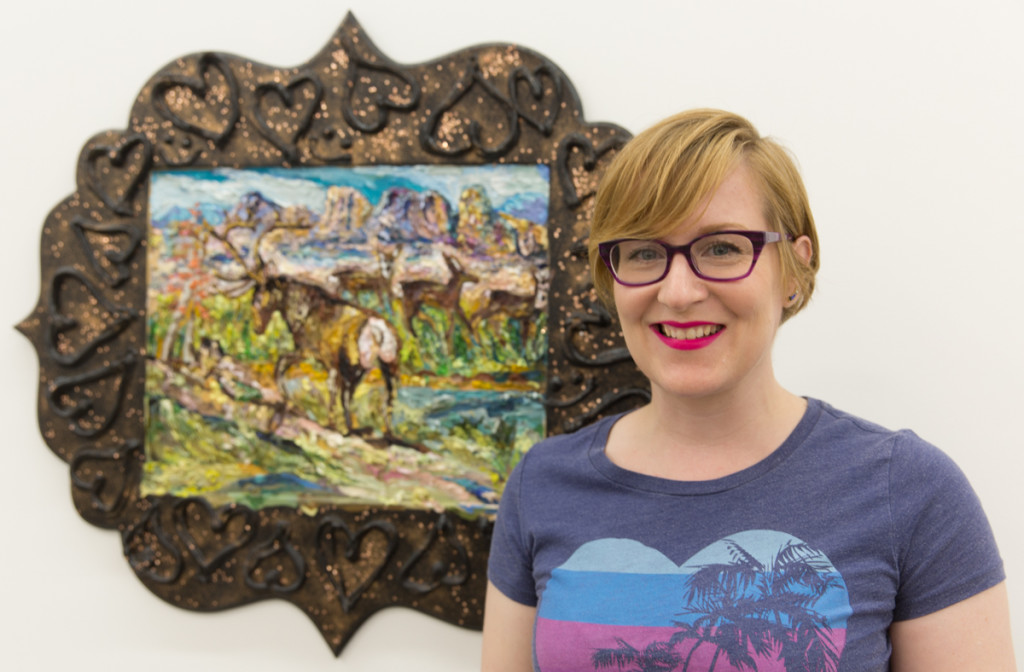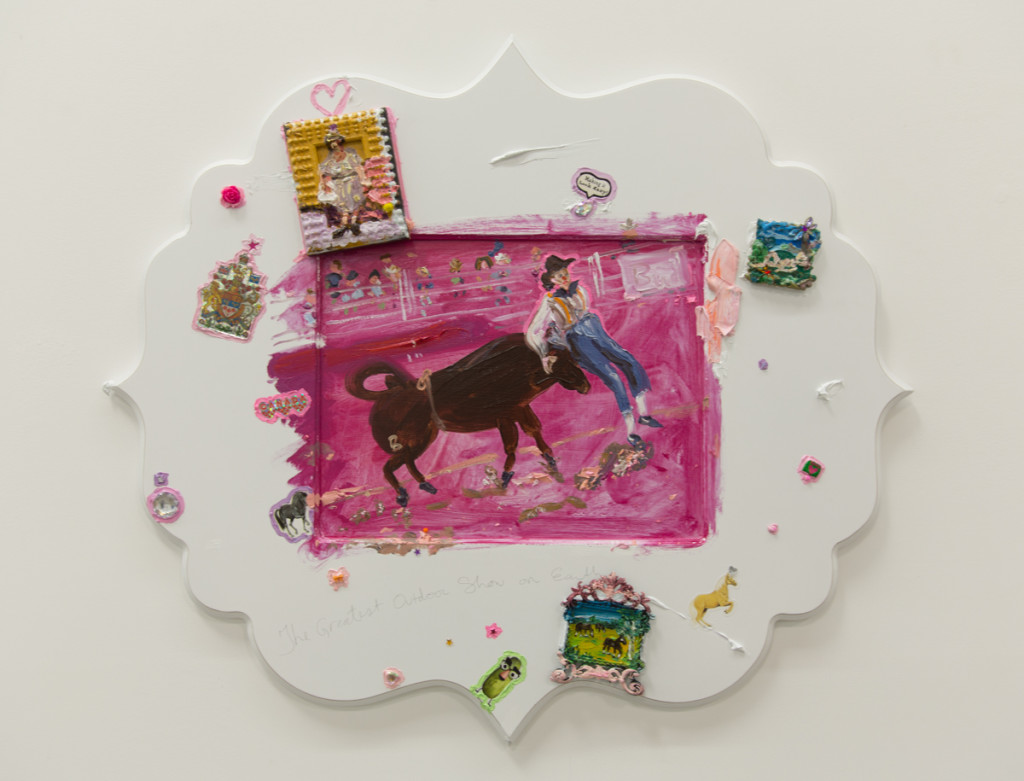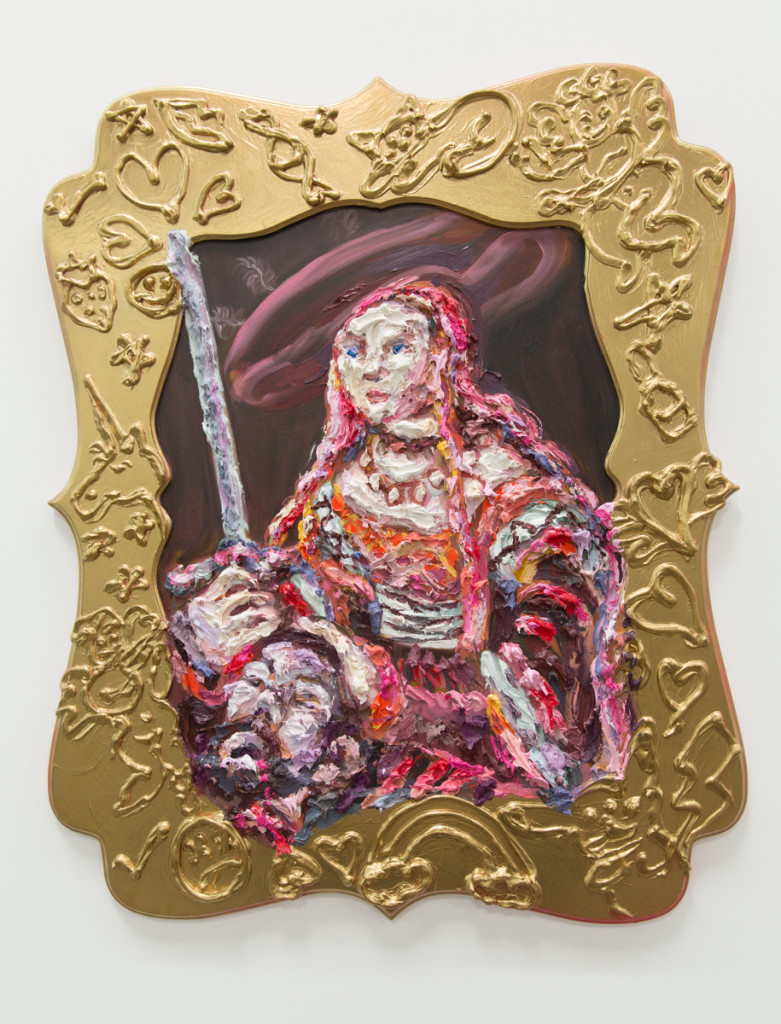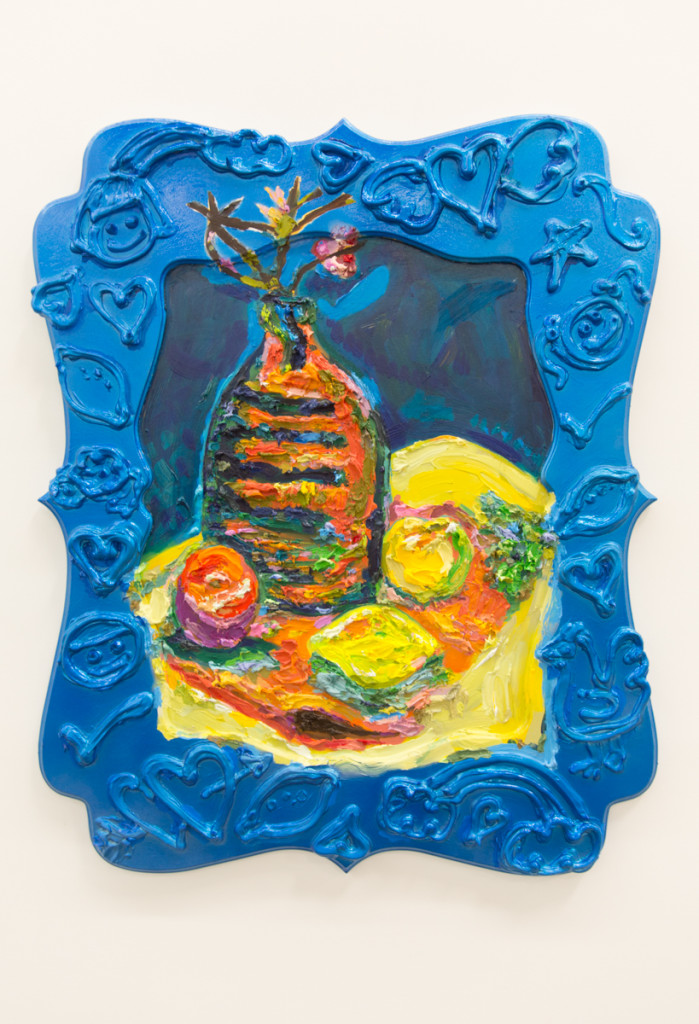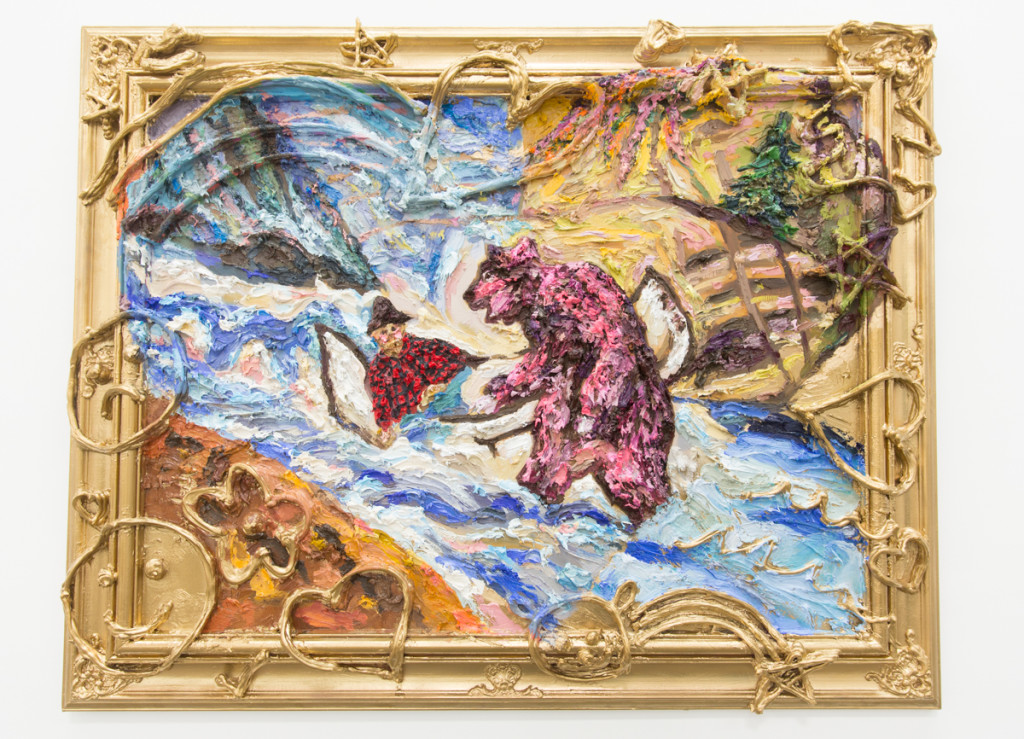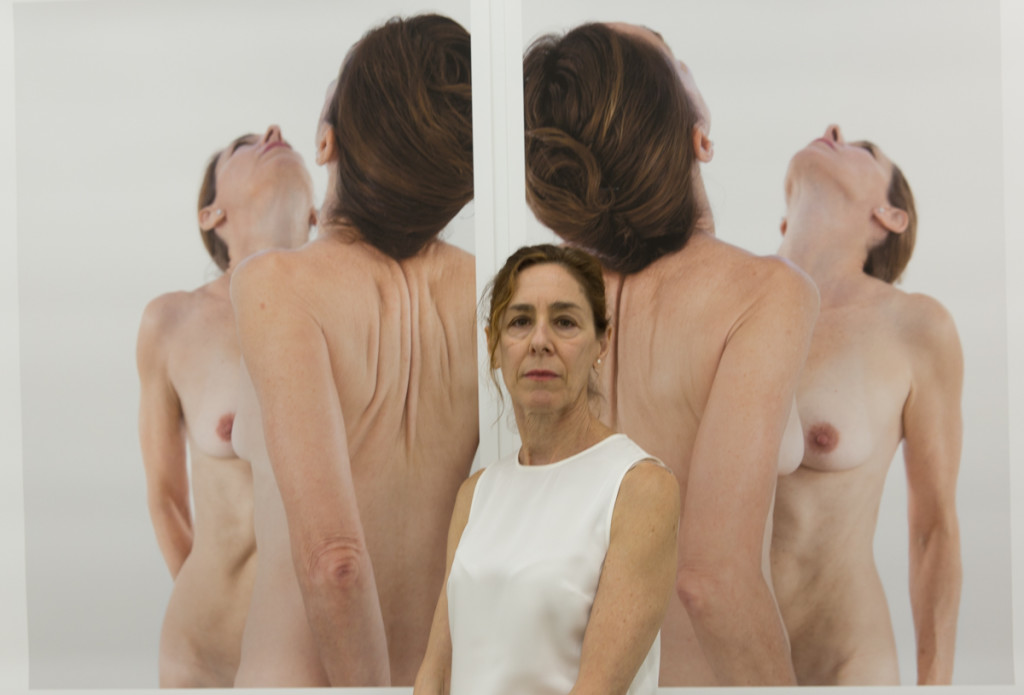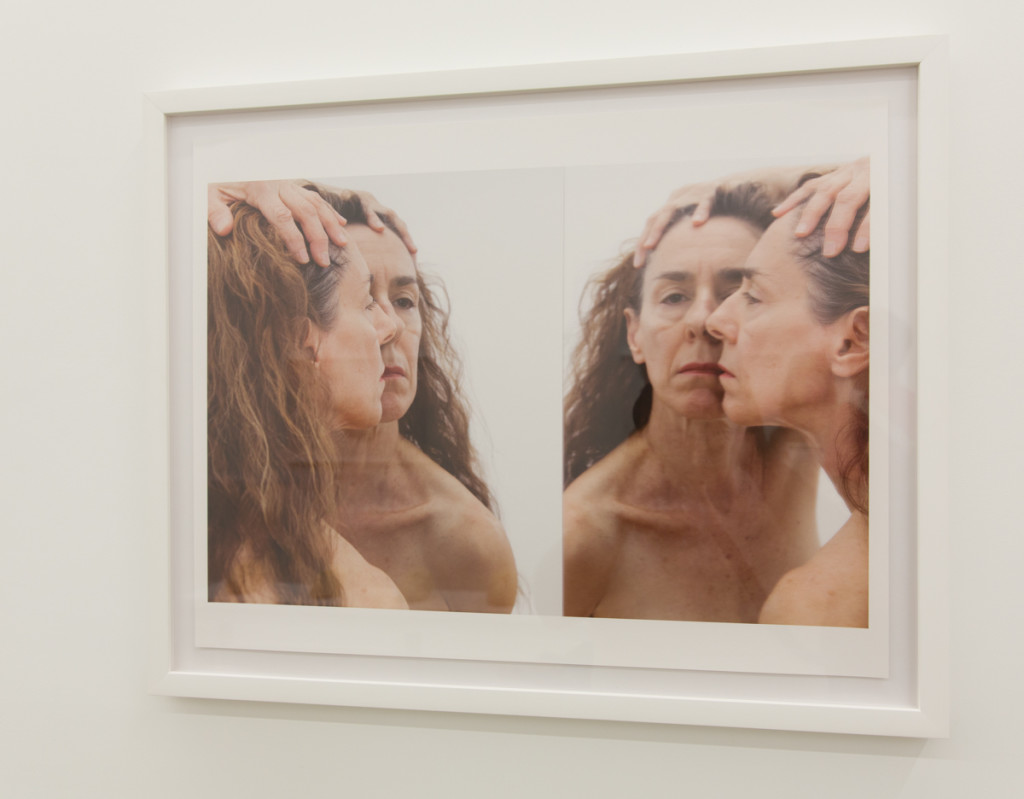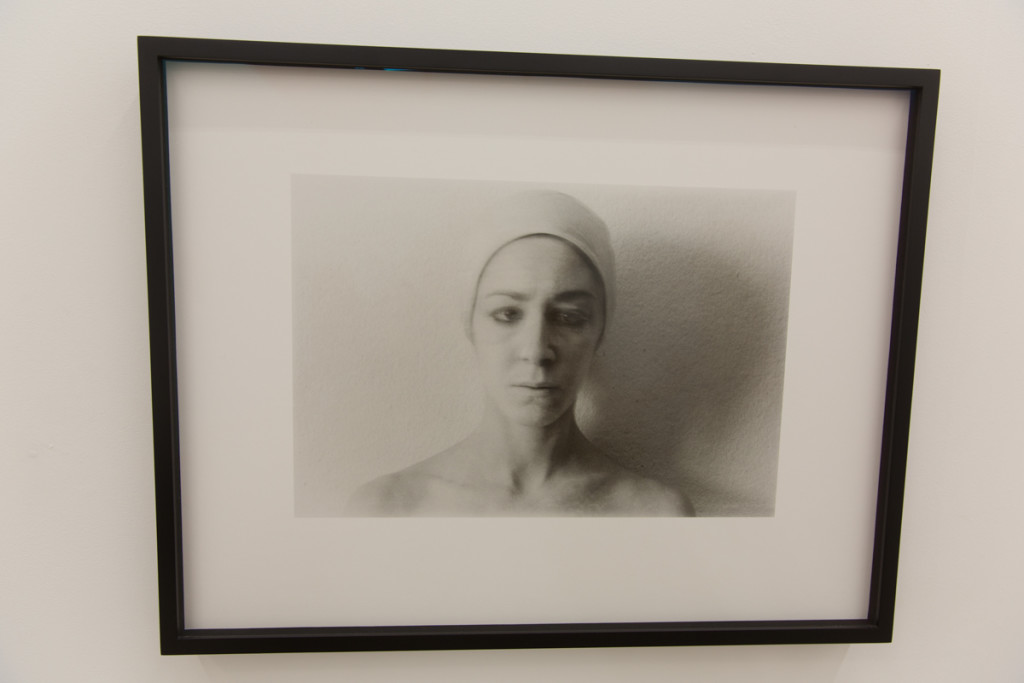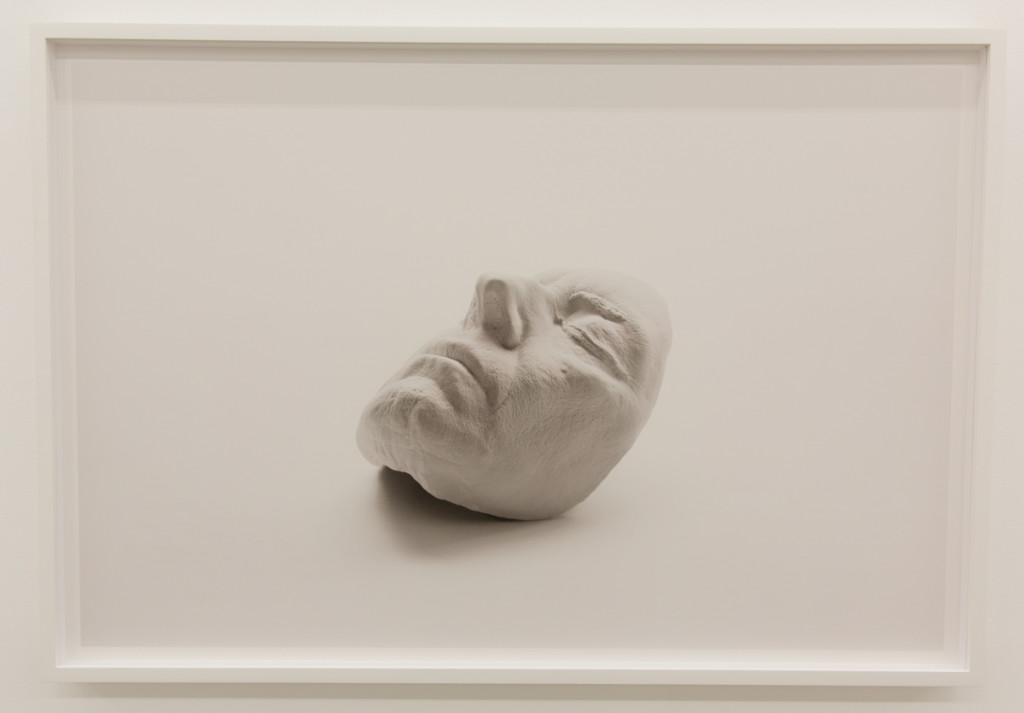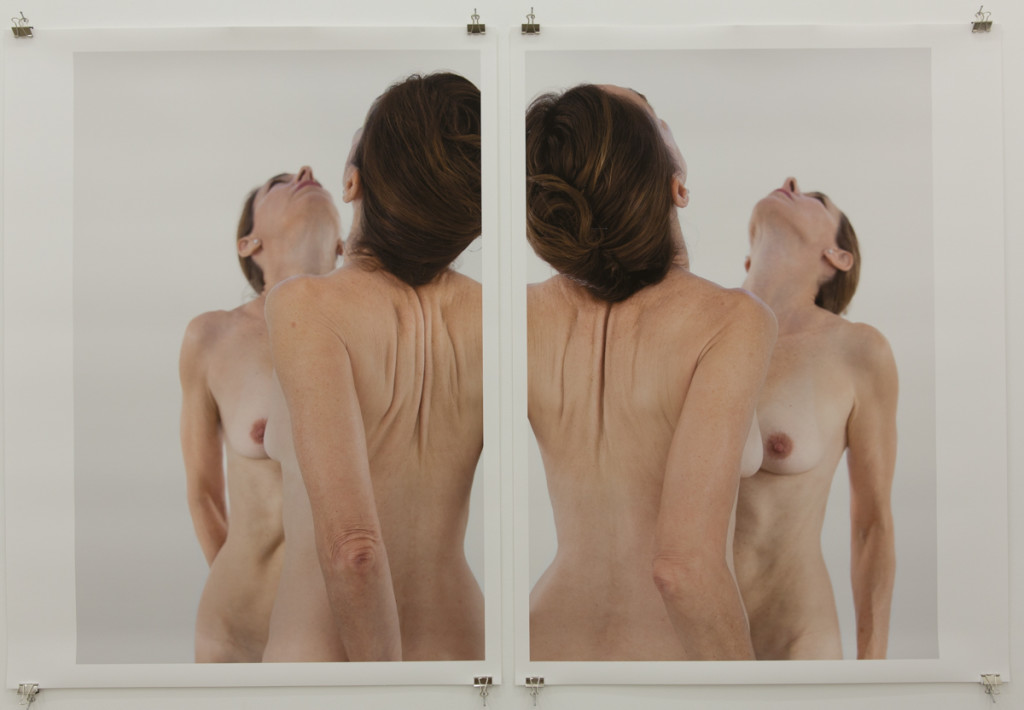
West Hollywood has always had a strong commitment to and interest in the arts. And now, as the city enters its 30th year, West Hollywood has now announced the next step in that commitment – establishing a formal arts plan. This extensive planning process bears the name “WEHO Arts: The Plan.”
Designed to explore the future of the arts, culture, and creativity in West Hollywood, the program is a community-focused cultural planning process. This inclusive program will be led by social practice artists Alyse Emdur and Rosten Woo, who are developing what the city terms “imaginative pathways for engagement.”
It’s hardly a surprise that the city would want to create such a plan. Although WeHo is a diminutive 1.9 square miles in size, the city packs a mighty punch, conceivably providing more art per square mile than any other city in the U.S.
The plan to be developed will guide the work of the city’s Arts and Cultural Affairs Commission (ACAC) and Arts and Economic Development Division (AEDD) over the course of the next five to ten years. The goal? To celebrate the city’s artistic and cultural identity, acknowledge the city’s support of the arts, and present a shared future vision that firmly secures the position of arts and culture in the city.
It’s fitting that West Hollywood should come up with such a plan, as the city’s support of the arts has long been a vital force in the community. This year alone, the city has supported the massive, 40-day arts program One City One Pride, held live dance and music performances, poetry readings, art exhibits, and established poetry installations. And the city is now fielding applications for the position of its second poet laureate.
So just what is the city’s new art plan? Throughout the year, interested individuals – including both residents and visitors – are invited to participate in an interactive series of formal and informal conversations, surveys, and artist-led activities, all designed to gain insight into the city’s continuing arts programs, and formulate a vision for the future.
West Hollywood’s government, the ACAC and AEDD are after something special: an arts plan that nurtures the energy and creative vitality of the city. Artists Emdur and Woo will join the ACAC commissioners, AEDD staff, and a cultural planning consultant through December, to create and define activities and experiences throughout the community that encourage contributions to the arts plan.
Emdur and Woo are uniquely qualified to interact with the topics of artistic and cultural practice in West Hollywood. Emdur is an LA-based photographer who has created works of large format photography, video, and drawings. Her personal aesthetic is to search for deeper connections within her subjects. Exhibited nationally and internationally, Emdur’s 2013 book, Prison Landscapes, is all about connection.
In it, there are photographs of prison inmates positioned before painted visiting room backdrops depicting ideal landscapes – in front of which they can pretend, however briefly, to be elsewhere.
A designer, artist, and educator, Woo is co-founder of the Center for Urban Pedagogy, a New York-based non-profit that uses art and design to foster civic participation. He also teaches art and design at the California Institute of the Arts, Pomona College, and Art Center College of Design. Woo creates artistic engagements that help people understand complex systems, re-orient themselves to places, and participate in group decision-making.
The participatory projects Emdur and Woo will be presenting throughout the next six months are just one aspect of West Hollywood’s arts planning. Residents can also be involved online at www.weho.org/theplan and take The Plan’s quick online survey.
In-person participation opportunities will be announced in the next few weeks, and will include arts and culture pop-ups, discussion series, and the WeHo Talks series. Just as the arts plan to be established will take into consideration the entire community, the planning process is meant to involve residents and visitors alike. Join in, as the city formulates its plan to remain a bastion of cultural support and programs.



